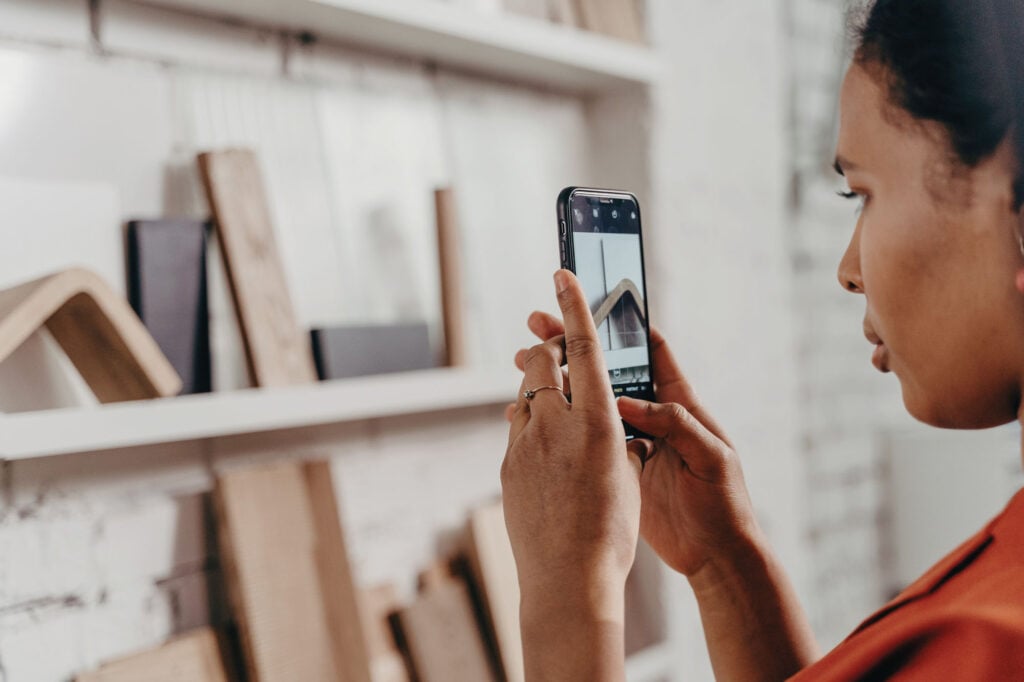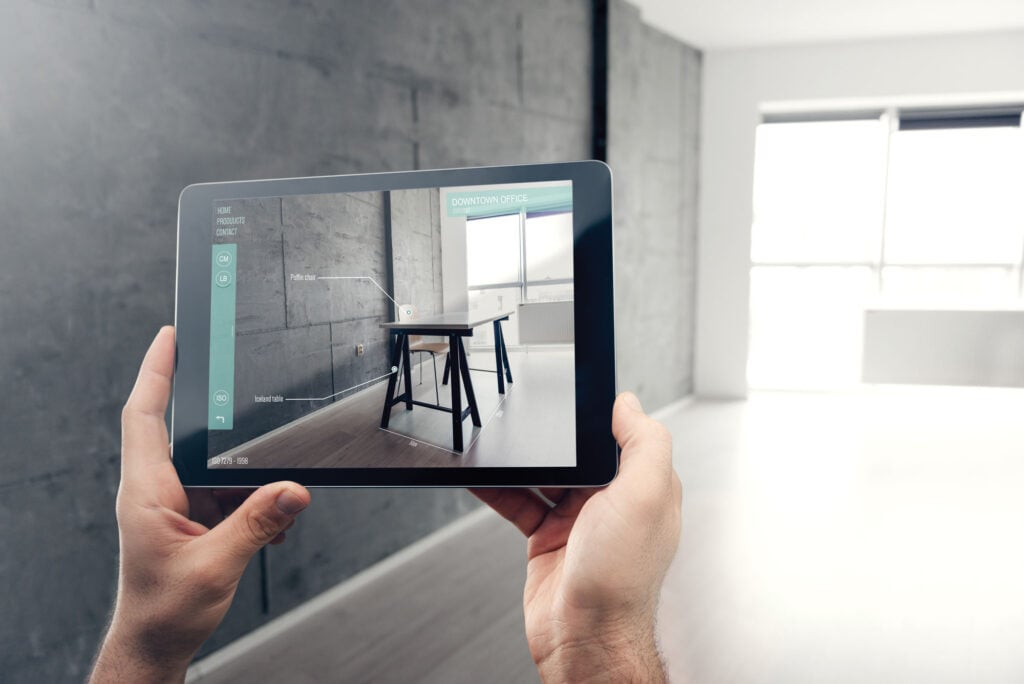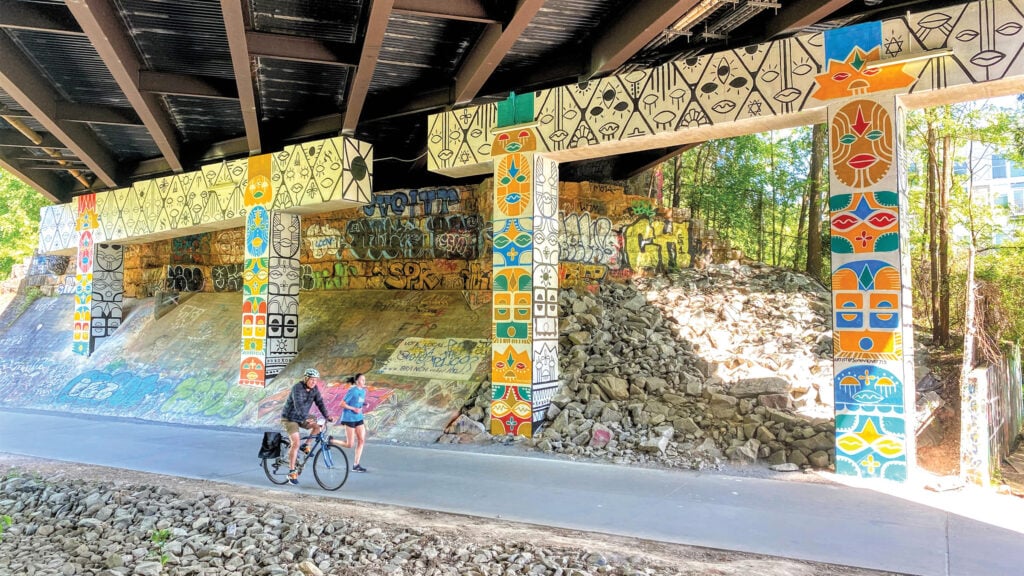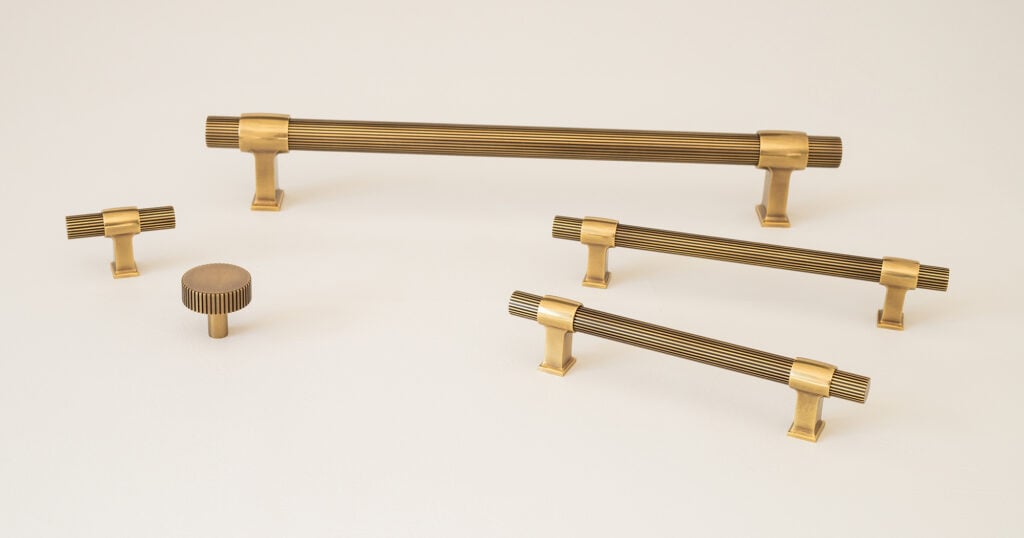
October 29, 2021
What Can Nap Pods Teach Us About the Showroom Experience?
“People tend to put blinders on by only thinking about what’s happening in their industry. To think outside of the box, you have to get out of the box.”
Megan McClendon, lead of innovation at design consultancy Stoked
B2C BRAND EXPERIENCES
Casper changed the game in a saturated, unsexy industry. The distinct difference? It isn’t selling mattresses; it’s selling sleep. “People tend to put blinders on by only thinking about what’s happening in their industry,” says Megan McClendon, lead of innovation at design consultancy Stoked. “To think outside of the box, you have to get out of the box.”
Bike and cycling gear manufacturer and distributor Trek, for example, took the traditional bicycle store model and turned it on its head. Instead of strip mall stores, where customers would be forced to test-drive bikes in a back alley, the company opened pop-up shops near bike-friendly trails and urban areas, making the test drive the central part of its store location and design.
APPLYING B2C MODELS TO B2B
How can a contract showroom instill this kind of confidence in visitors? Several companies in our industry are trying new concepts. Curio by Workflow “is a space for and by the community,” says Amy Hill, principal and workplace strategist at Workflow, a Boston-based furniture dealership. Part product lab, part event space, part coworking space, Curio is designed as a playground for innovation. Manufacturers can display product for short periods of time without investing in a brick-and-mortar showroom. Specifiers, end users, and other community stakeholders can see applications come to life, and design firms can engage with vendors to test concepts in pilot settings.
Others are thinking beyond the fixed walls of a showroom altogether. Etc. by Kimball International, Mohawk, and Mannington Commercial have all taken their showrooms on tour, traveling to their clients via “swag wagons” or semi-trailers. And luxury furniture brand Hellman-Chang designed a fully digital showroom experience built on the Bitreel platform, in which customers can view pieces in their own space using augmented reality (AR) and join their design team in private virtual showroom browsing sessions.

WHAT ROLE DOES DIGITAL PLAY?
Digital is meant to reduce, lift, and enhance the physical experience, not replace it. As Hill says, “Furniture is the interface between human and architecture,” so testing out a physical product will remain important and, ironically, may even increase in importance owing to “missing” in-person experiences over the past year, according to ThinkLab research.
If you’ve been listening to season 2 of ThinkLab’s Design Nerds Anonymous podcast, you’ve heard us talk about “phygital,” the intersection of physical and digital. Retail has already embraced AR with furniture room viewers from companies like Wayfair, IKEA, and Target. And a study by Apple found that customers are 11 times more likely to buy furniture if they have seen it in their home via AR.
While B2C has different challenges from B2B, digital elements can still help reduce friction. Consider how digital can improve the pre- and post-showroom-tour experience: Appointments can be booked online, highlight video reels can show visitors what to expect at the showroom, or data can be gathered while clients are touring. What if clients could swipe left or right in an app as they walk the space, providing feedback for the project team in real time and helping to curate a follow-up after the tour’s completion?
WHAT’S THE WHY?
When creating your showroom experience, McClendon offers three ideas to consider:
1. Think about “why” a customer would want to come to your showroom in the first place. Hill adds, “Showrooms should move from an internal push (‘Come and see our new product!’) to an external pull (What actually draws a client in?).”
2. Make it über-experiential. Look outside your industry to rethink the showroom experience. Consider where and how your clients want to interact with your product and team.
3. Consider the entire customer journey, not just the showroom tour. As Neil Redding, founder and CEO of Redding Futures, says: “The brands that are winning now and in the near future are those that see all of the different touch points—both digital and physical—as part of a connected ecosystem.”
Meredith Campbell is a member of the Research & Content Development team for ThinkLab, the research division of SANDOW. Join in to explore what’s next at thinklab.design/join-in.
Would you like to comment on this article? Send your thoughts to: [email protected]
Latest
Projects
The Project That Remade Atlanta Is Still a Work in Progress
Atlanta’s Beltline becomes a transformative force—but as debates over transit and displacement grow, its future remains uncertain.
Profiles
WAI Architecture Think Tank Approaches Practice as Pedagogy
Nathalie Frankowski and Cruz García use their practice to help dismantle oppressive systems, forge resistance spaces, and reimagine collective futures.
Products
Functional Beauty: Hardware That Does More Than Look Good
Discover new standout pieces that marry form and function, offering both visual appeal and everyday practicality.





